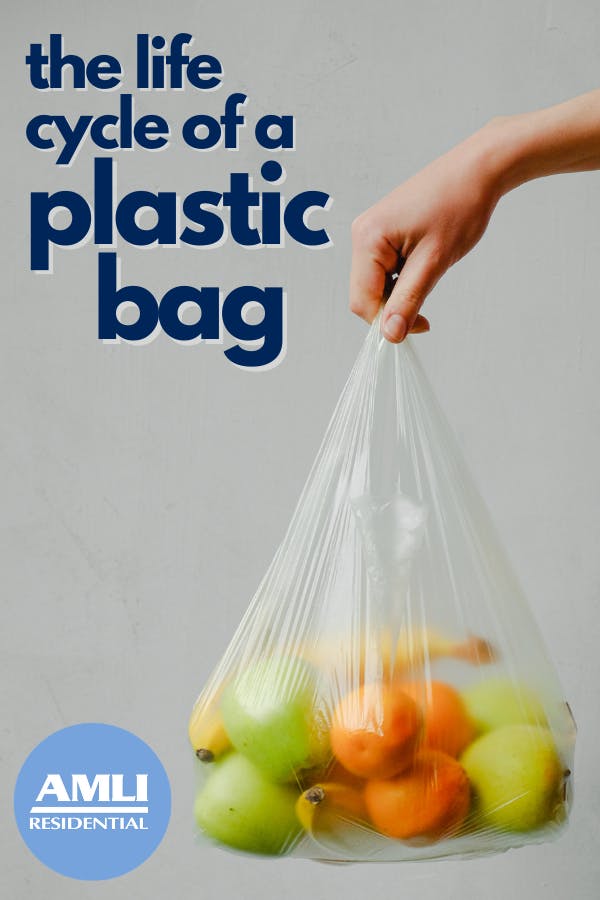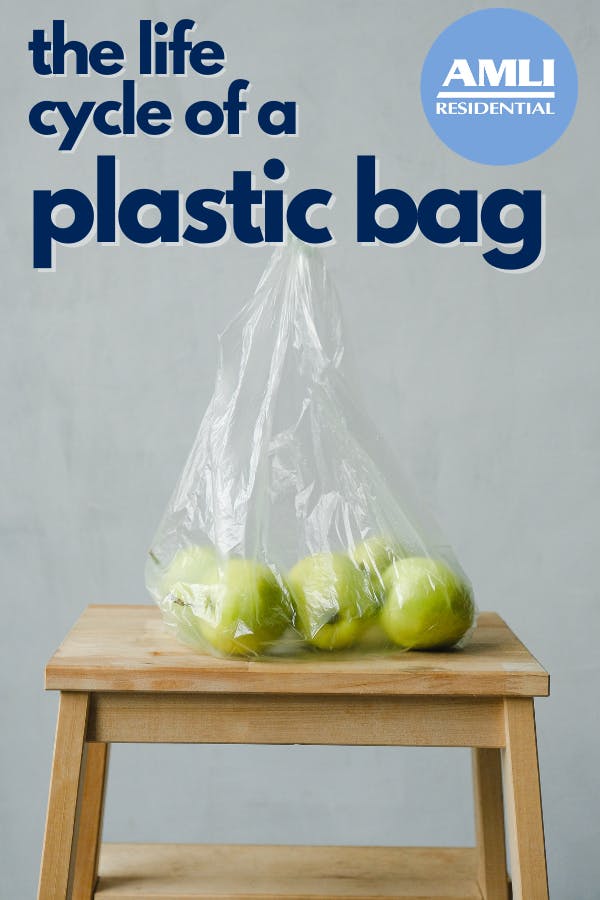Here at AMLI, we really, truly value sustainability and green living. We’ve made our apartments healthier to live in and more environmentally friendly, and we make sure that our communities use land, water and energy more efficiently. Our buildings are carefully constructed and outfitted with energy-saving designs, which have resulted in 42 LEED certified communities and 29 ENERGY STAR certifications.
We also spend a great deal of time finding out ways we can better serve the environment we live in. Recycling is a passion of not only our onsite teams and sustainability experts, but our awesome residents show us time and time again that they are also interested and active when it comes to recycling in their AMLI communities. Nearly 89% of AMLI residents are concerned about the climate, and we do everything we can to provide the means by which we can work together to make our planet a greener place.
If you select the topic “Green Living” on our blog, you’ll find a wide variety of eco-friendly information and practices you can take up in your own AMLI apartment home. From the low-down on plastic straws to being an eco-friendly pet owner to using natural light to reduce energy usage, we’ve got it all!
One thing we hear about a lot in the environmental community is the topic of single-use plastics, and there’s none more infamous than the plastic bag. What’s the big deal with plastic bags, and why are they a major talking point in the discussion about the environment? That’s what we are here to find out.

The life cycle of a plastic bag
Stage one: creation
Plastic bags, as well as all forms of plastic, are made from fossil fuels (which include oil, coal and natural gas). Crude oil, more specifically, is what most plastics are made from, and the demand for plastic bags is so high that a whole 0.2% of the global supply of oil is used to make them every year. That may seem like a small number, but that comes out to about 60 million barrels of oil at a price of about $3.8 billion.
Oil is superheated and pressurized to create ethylene gas, which is then converted into polyethylene strings. These strings of solid resin are chopped into small pellets, which then can be used to create a variety of plastic products. Different amounts of heat and pressure can turn these pellets into different thicknesses of plastic. Plastic bags are made from a high density plastic, while things like cling films are made from low density plastic.
These plastic pellets are melted down and formed into a long balloon tube bubble, which can be flattened into sheets. These sheets are cut, dyed (often using toxic dye), sealed and stamped to create the many forms of plastic bags we see today.
Stage two: usefulness
Most plastic bags are used for an average of 20 minutes before they are discarded in a recycling bin or trash can. And, while plastic bags are an extremely convenient mode of transportation for practically any sort of item, their usefulness usually ends as soon as consumers arrive home and unpack their groceries, office supplies or clothes.
Some plastic bags extend their usefulness by being used as trash can liners
Stage three: the crossroads
Plastic bags have two possible destinations after their usefulness has ended. They can either be recycled or they can be discarded in a landfill. This is where consumers have the power and decision-making to choose the outcome.
As you may already know, plastic bags can’t be recycled in most recycling bins because the soft plastic can jam and damage recycling equipment. Film plastics like plastic bags and bubble wrap have to be taken to recycling locations that specifically recycle those soft plastics.
Recycling plastic bags takes a whopping 85 times more energy than creating plastic bags. That, coupled with the reason that it’s more convenient to throw a bag in the trash than take it to a recycling drop off location, means that over 98% of plastic bags end up being thrown away instead of recycled.
Stage four: disintegration
Plastic bags that end up in landfills are doomed to a long and toxic fate. It takes over 1,000 years for a plastic bag to completely disintegrate, and even then the microplastics continue to filter through water, soil and animals.
Not all plastic bags stay in landfills, either. It’s common for the lightweight plastics to blow away in the wind, or be picked up by birds or water runoff. These bags end up on the ground, in rivers and, unfortunately, the oceans. Over 1 million marine animals are killed each year by plastic debris in the ocean, including fish, turtles, birds, sharks, whales, dolphins and seals. The microplastics that come as a result of decomposing plastic bags filter through the entire food chain, so much so that it’s now been found that even human organs contain these harmful plastics.
Ultimately, the life span of the plastic bag is fractional compared to the time it takes for the oil to be formed and the bag to disintegrate. Crude oil takes around 100 million years to form, a plastic bag is made in less than a day, used for less than an hour and takes a thousand years to decompose.
What we can do
Don’t lose hope! There are ways to bring about positive change!
Speak up!
Many countries, states and cities have imposed taxes on plastic bags or have banned them outright. Find out what your city has put in place, and if the issue hasn’t been addressed, ask your city or state representatives about what they’re doing (or could be doing) to help.
Support
Support conservancy groups that work to protect the environment from plastic pollution. Some great marine conservancy organizations you could consider supporting are The Ocean Cleanup, Oceana, TheBlu and Surfrider Foundation.
Make smart switches!
- Switching to reusable produce bags is an easy and practical way to lower your consumption of single-use plastic bags. Hard plastic bags, though much sturdier and far more reusable, take even longer to disintegrate than thinner plastic bags, so be sure to recycle those correctly, too.
- You can also use old clothes to make your own bags! It’s a win-win!
- Choose to buy food that’s packaged in easily-recyclable materials like glass, cardboard or numbered plastics instead of in thin film plastic.
Every small change you make to your lifestyle can encourage others to do the same. And, before you know it, you’ll have been part of making the world a better and more eco-friendly place!
Good luck!
Pin it!

Featured photo courtesy Pixabay/cocoparisienne


 View All Posts by Colleen Ford
View All Posts by Colleen Ford